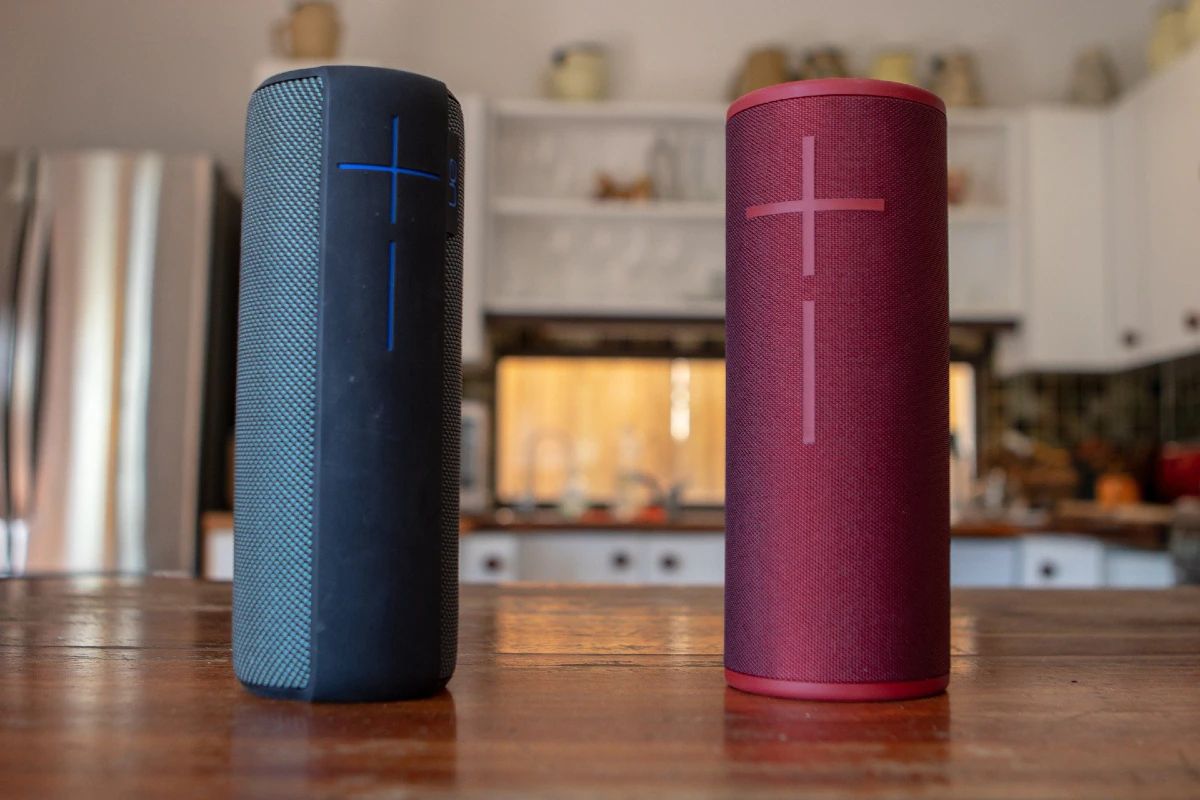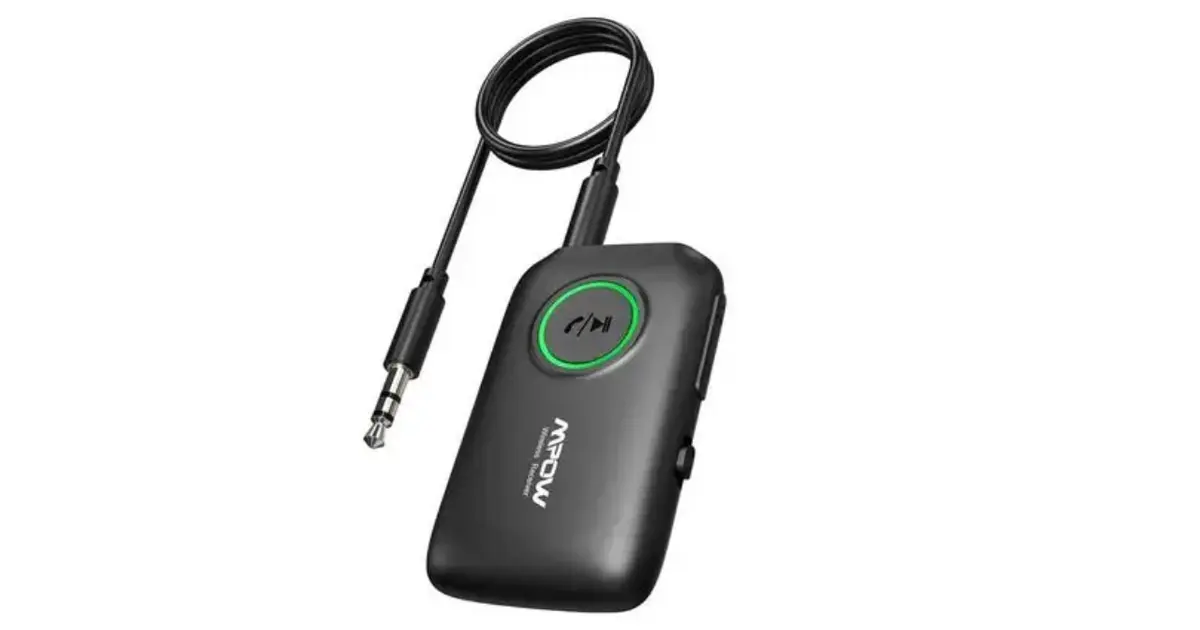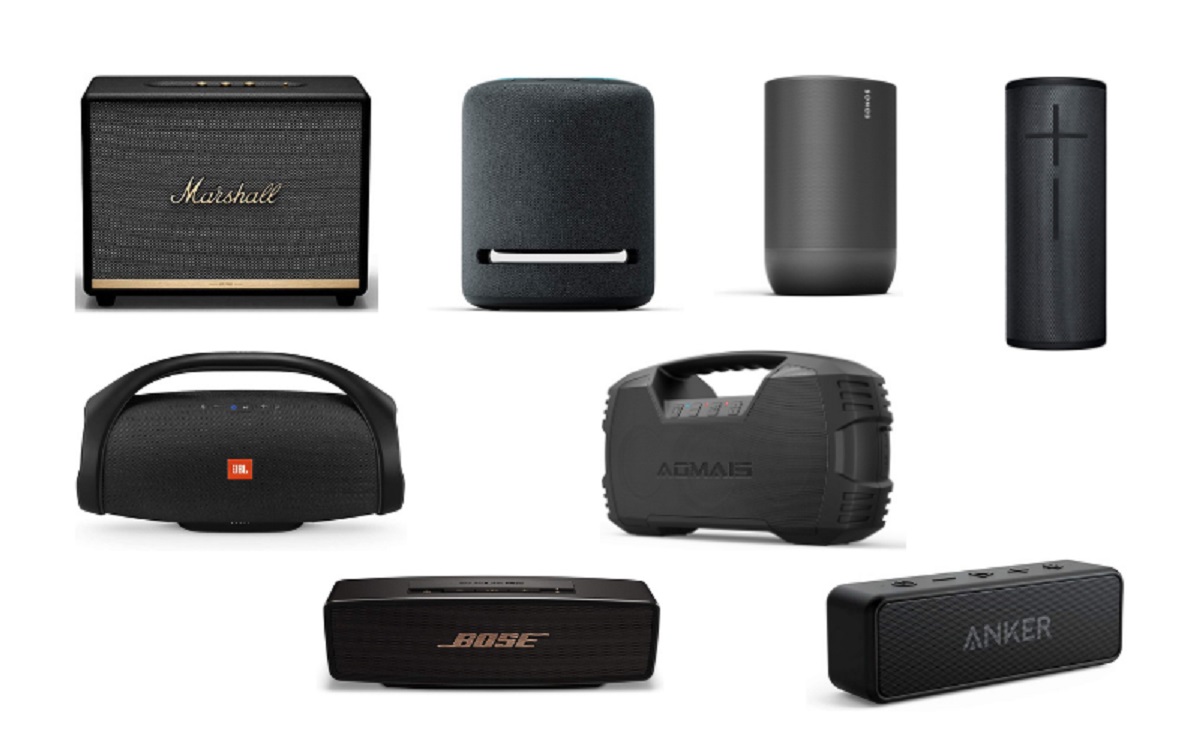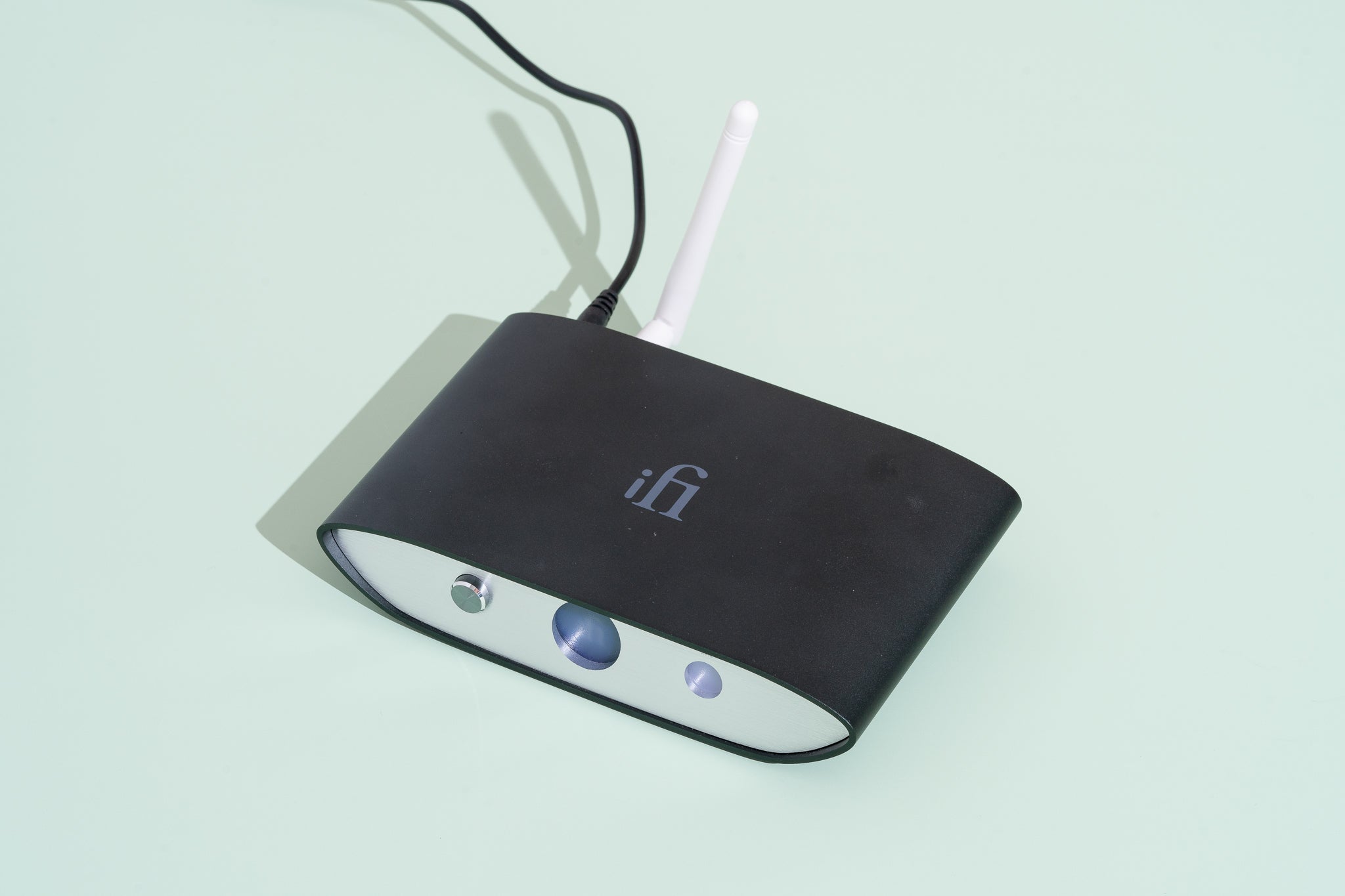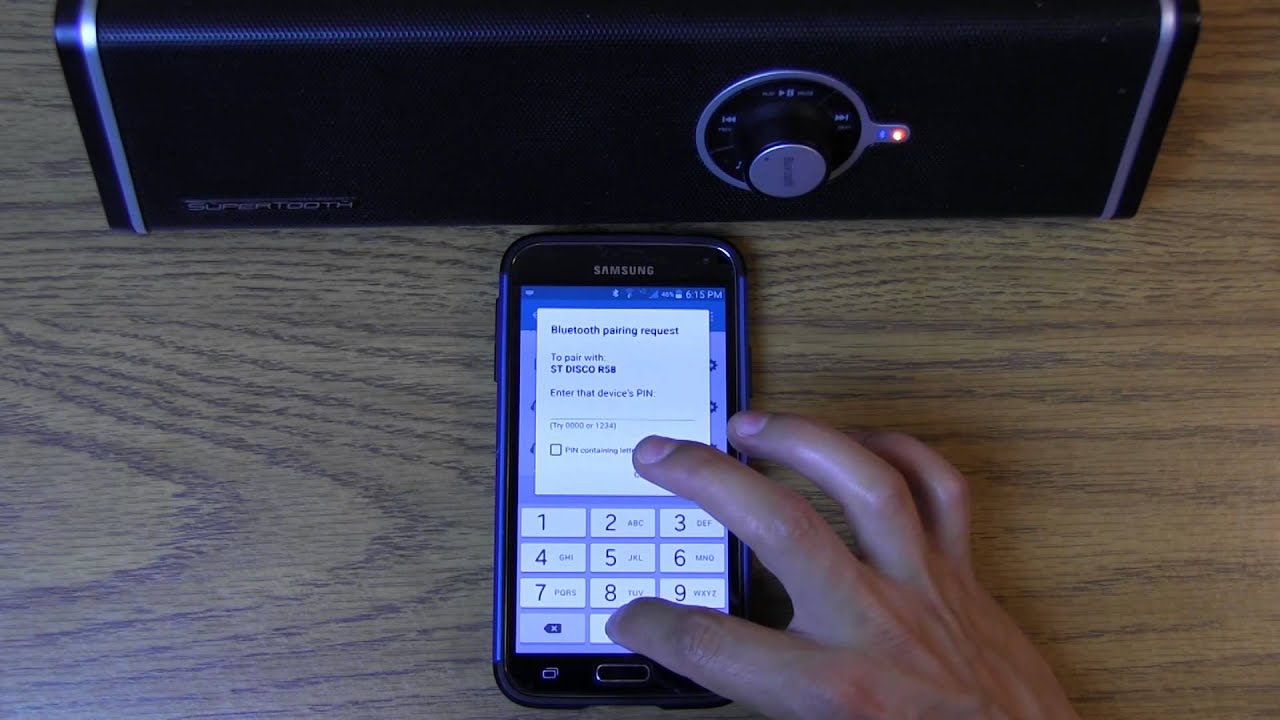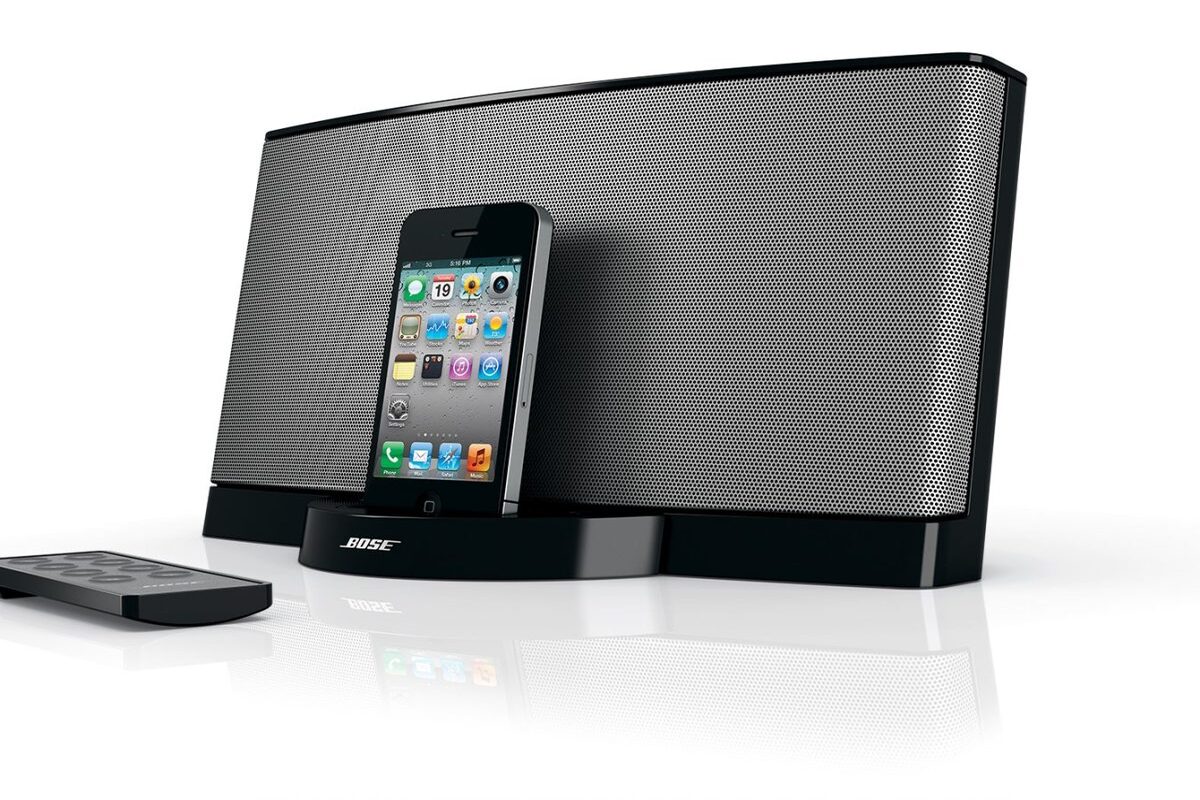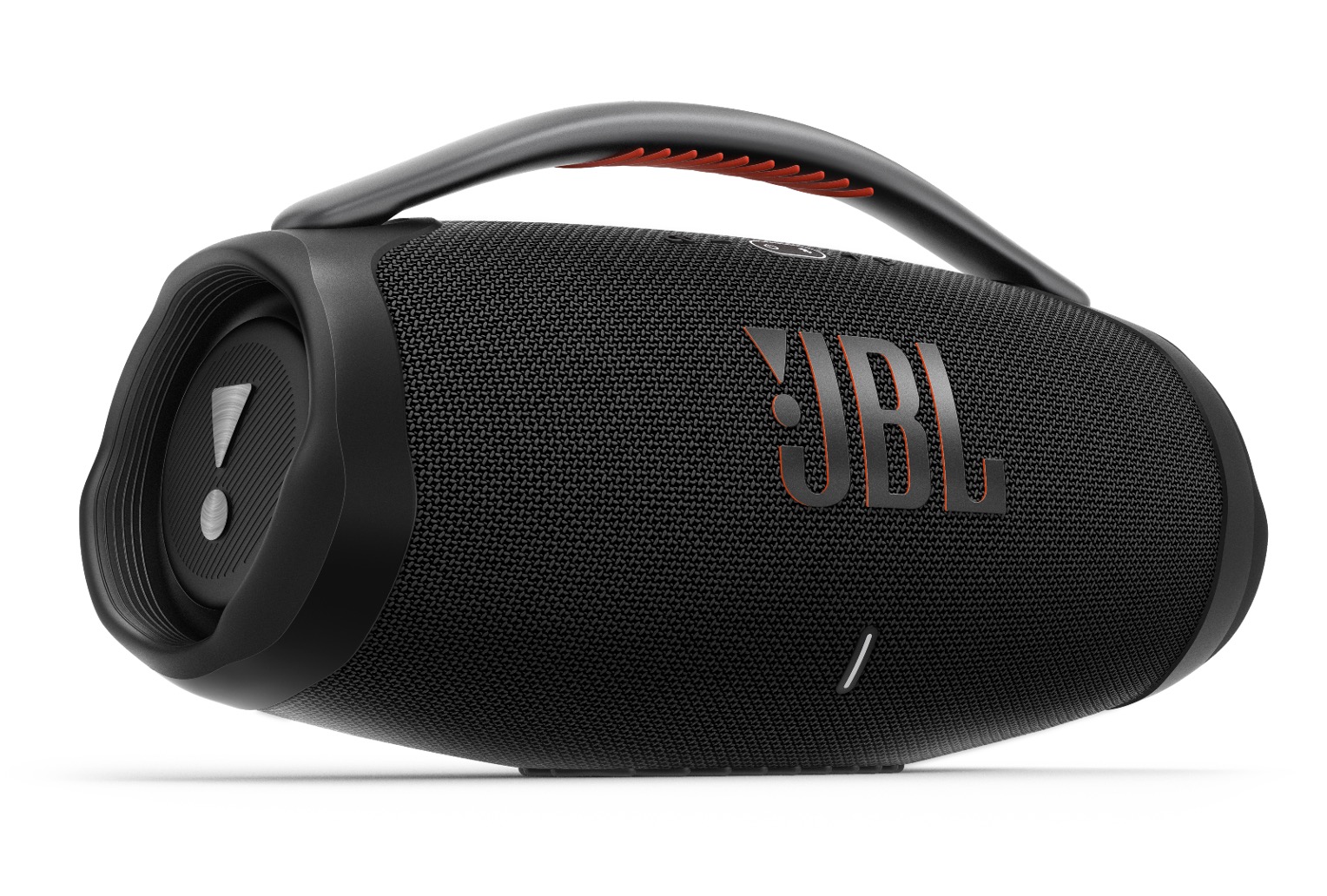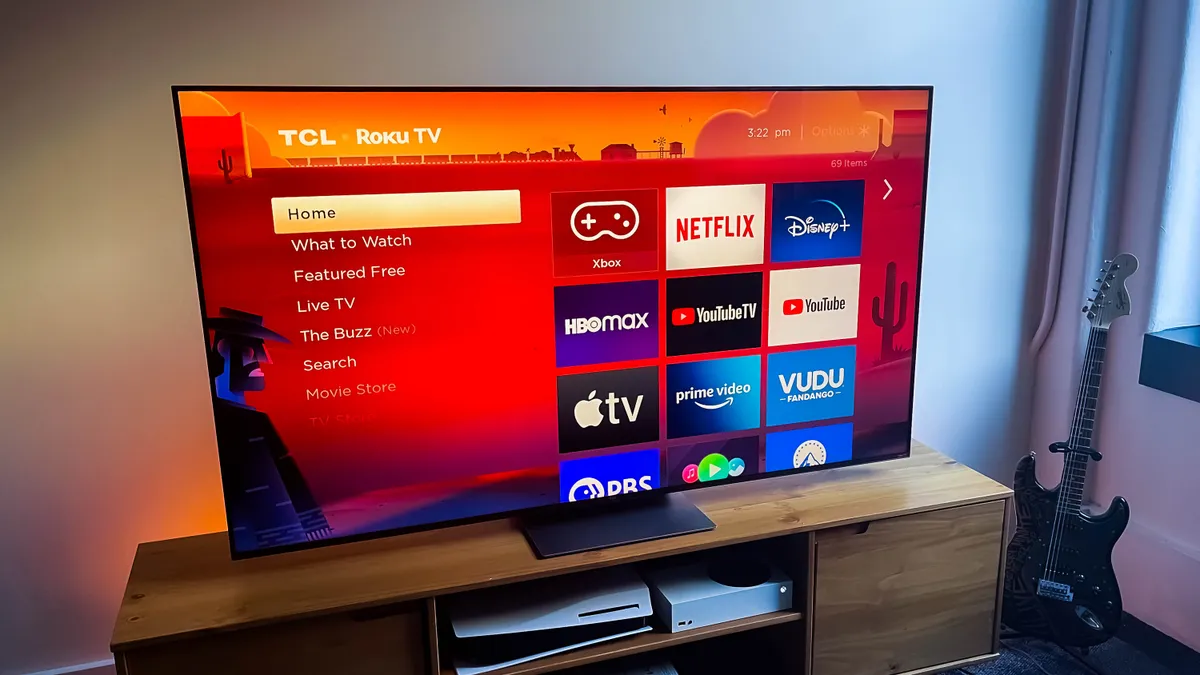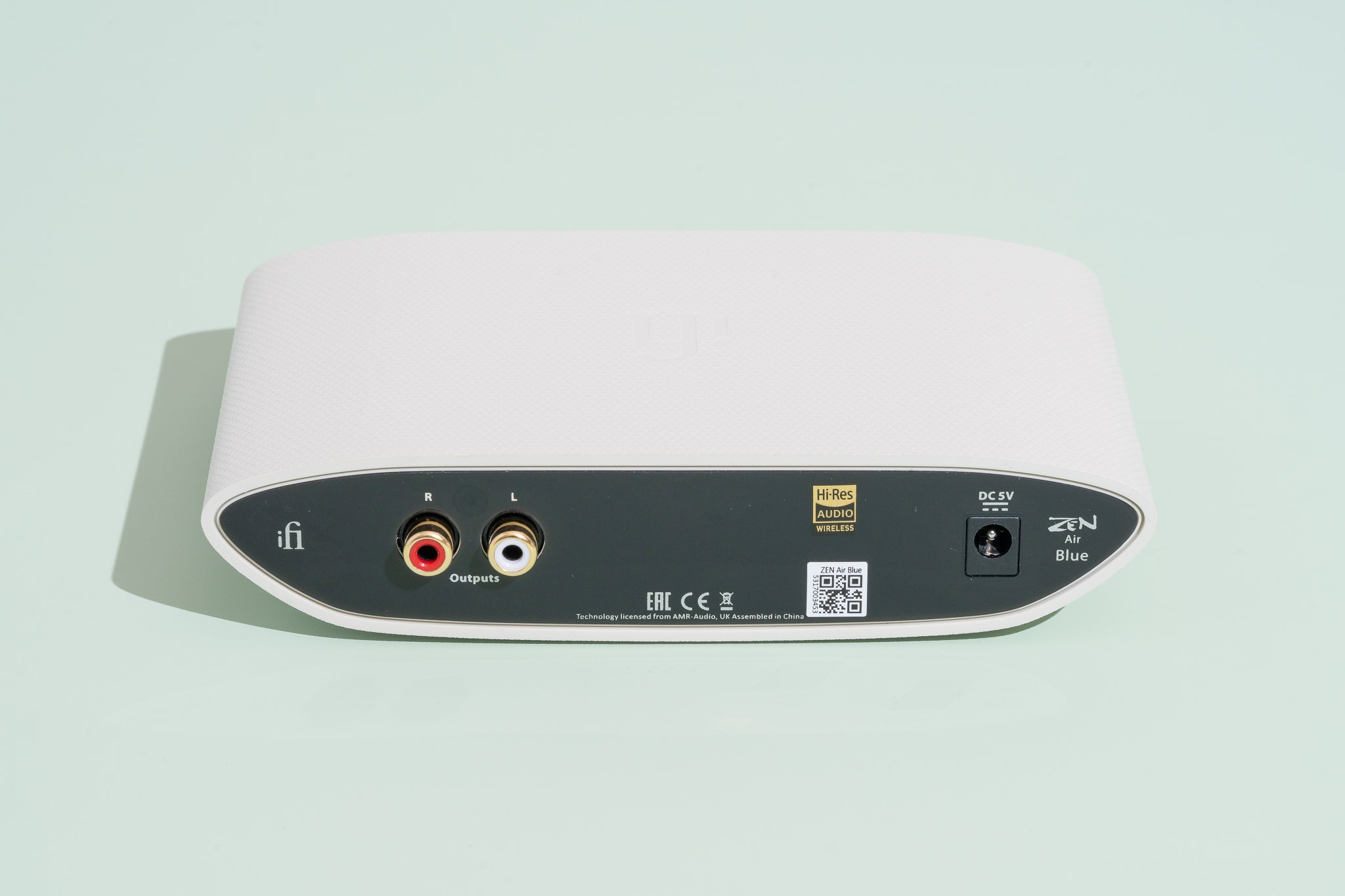Introduction
Welcome to our guide on how to connect two Bluetooth speakers! Whether you’re looking to create a surround sound experience for your home theater or amplify the music at your next party, synchronizing two Bluetooth speakers can enhance and intensify your audio setup. With advances in technology, it’s become easier than ever to connect multiple speakers wirelessly and enjoy a more immersive sound experience.
Bluetooth technology allows you to connect various devices without the hassle of wires. By pairing Bluetooth speakers, you can enjoy stereo sound, improved volume, and a richer audio experience. It gives you the freedom to position the speakers in different areas of the room or even outdoors, creating a more encompassing soundstage and enhancing the overall listening experience.
In this guide, we will take you through the step-by-step process of connecting two Bluetooth speakers. We’ll cover everything from ensuring Bluetooth compatibility to enabling pairing mode and adjusting audio settings. By following these instructions, you’ll be able to enjoy synchronized audio from multiple speakers and take your sound system to the next level.
Step 1: Check Bluetooth compatibility
Before connecting two Bluetooth speakers, it’s essential to ensure that they are compatible with each other. While most modern Bluetooth speakers have the capability to be paired together, it’s always a good idea to double-check the specifications to avoid any compatibility issues.
First, make sure that both Bluetooth speakers support the same Bluetooth version. The version can usually be found in the product specifications or user manual. Ideally, both speakers should support Bluetooth 4.0 or higher, as it offers better audio quality and range compared to older versions.
Additionally, verify if both speakers support the same Bluetooth profiles. Common profiles include Advanced Audio Distribution Profile (A2DP), which is necessary for streaming high-quality stereo audio, and Audio/Video Remote Control Profile (AVRCP), which enables control over playback functions using one of the speakers.
It’s also important to consider the distance between the two speakers. Bluetooth operates using radio waves, and the signal strength decreases as you move further away from the source. Ensure that the speakers have an adequate range to maintain a stable connection, especially if you plan to position them in different areas of the room.
Lastly, check if the speakers have any specific requirements for connecting multiple speakers. Some brands offer their own proprietary technology, such as JBL’s Connect+ or Ultimate Ears’ PartyUp, which allows you to wirelessly connect multiple speakers of the same brand.
By verifying Bluetooth compatibility, you can ensure a seamless and hassle-free experience when connecting two Bluetooth speakers. Once you’ve confirmed that both speakers are compatible, you’re ready to move on to the next step.
Step 2: Turn on both Bluetooth speakers
Now that you’ve confirmed Bluetooth compatibility, it’s time to turn on both Bluetooth speakers. Locate the power buttons on each speaker and press them to power them on. Some speakers may have an indicator light that will illuminate when they are turned on.
Ensure that both speakers are fully charged or connected to a power source to avoid any interruptions during the pairing process. Low battery levels can affect the stability of the Bluetooth connection and may cause audio dropouts.
Keep in mind that some Bluetooth speakers may automatically enter pairing mode when turned on. In this case, you can skip to the next step. However, if your speakers don’t automatically enter pairing mode, don’t worry. We will discuss how to enable pairing mode in the next step.
It’s important to note that if you’re using speakers that have been previously paired with other devices, you may need to reset them to their factory settings. This will ensure a clean slate and prevent any conflicting connections. Consult the user manual or the manufacturer’s website for instructions on how to perform a factory reset on your specific speakers.
By turning on both Bluetooth speakers and making sure they are adequately powered, you’re ready to proceed to the next step of enabling pairing mode.
Step 3: Enable Bluetooth pairing mode
Before you can connect two Bluetooth speakers, you need to enable the pairing mode on both devices. Pairing mode allows the speakers to search and connect with other Bluetooth devices, including each other.
The process of enabling pairing mode may vary depending on the specific make and model of your Bluetooth speakers. Typically, you can activate pairing mode by pressing and holding a dedicated button or a combination of buttons on the speaker. Refer to the user manual or the manufacturer’s website for detailed instructions on how to enable pairing mode for your specific speakers.
When the speakers enter pairing mode, you will usually see a blinking light or hear an audible tone to indicate that they are ready to connect. Pairing mode typically lasts for a specific duration, usually a few minutes, before automatically turning off if no devices are connected.
It’s important to enable pairing mode on both Bluetooth speakers simultaneously to ensure a successful connection. If one speaker is in pairing mode while the other is not, they may not be able to find and connect with each other.
Once both speakers are in pairing mode, you’re ready to move on to the next step and connect the first Bluetooth speaker.
Step 4: Connect the first Bluetooth speaker
Now that both Bluetooth speakers are in pairing mode, it’s time to connect the first speaker to your playback device or smartphone. This device will serve as the “source” or primary connection for the speakers.
On your playback device or smartphone, go to the Bluetooth settings menu. The location of this menu may vary depending on the operating system, but it is usually found in the device’s settings or system preferences.
In the Bluetooth settings menu, you should see a list of available Bluetooth devices. Locate the name of the first Bluetooth speaker you want to connect and select it. You may need to confirm the connection by entering a passcode or accepting a confirmation prompt.
Once connected, the status of the Bluetooth speaker should change from “Available” or “Pairing” to “Connected” or “Paired” on your playback device or smartphone. You may also hear a tone or see an indicator light on the speaker to indicate that it is successfully connected to your device.
Now, the first Bluetooth speaker is connected and ready to play audio. You can test the connection by playing music or any other audio source on your device, and it should play through the connected speaker.
It’s worth noting that some devices, such as smartphones, can only connect to one Bluetooth output at a time. If you’re using a smartphone as your playback device, you may need to disconnect any previously connected Bluetooth devices to ensure a smooth connection with the first speaker.
With the first Bluetooth speaker successfully connected, you’re one step closer to achieving synchronized audio with two speakers. Let’s move on to the next step and connect the second Bluetooth speaker.
Step 5: Connect the second Bluetooth speaker
Now that the first Bluetooth speaker is connected, it’s time to connect the second speaker to create a multi-speaker setup and enjoy synchronized audio.
Make sure that the second Bluetooth speaker is still in pairing mode. If it has timed out and exited pairing mode, repeat Step 3 to enable pairing mode again.
Go back to the Bluetooth settings menu on your playback device or smartphone. This time, look for the name of the second Bluetooth speaker in the list of available devices. Select the second speaker to initiate the connection process.
Similar to the first speaker, you may need to confirm the connection by entering a passcode or accepting a confirmation prompt on your playback device or smartphone. Once the connection is established, the second speaker’s status should change to “Connected” or “Paired” on your device.
Now that both Bluetooth speakers are connected and paired with your playback device or smartphone, we need to ensure that they are set up as a stereo pair. This configuration will allow both speakers to work together and create a more immersive sound experience.
Some Bluetooth speakers have a dedicated app that allows you to set up and configure them as a stereo pair. Check the user manual or the manufacturer’s website for instructions on how to use the app to create a stereo pair. Using the app, you can designate which speaker will serve as the left channel and which one will serve as the right channel.
If your Bluetooth speakers don’t have a dedicated app, you can manually position them to achieve a stereo effect. Place the first speaker on the left side of your listening area, and position the second speaker on the right side. Adjust the speakers’ angles and distances from each other for optimal stereo separation.
Now that both Bluetooth speakers are connected and positioned correctly, they are ready to play audio in synchronization, creating a more immersive and enjoyable sound experience.
With the second Bluetooth speaker connected and set up, you’re all set to enjoy synchronized audio from both speakers. Let’s move on to the final step and make some audio adjustments to enhance your listening experience.
Step 6: Adjust audio settings
After connecting and setting up both Bluetooth speakers, you may want to make some audio adjustments to optimize the sound quality and ensure a balanced audio output.
First, check the volume levels on each speaker. Depending on the placement and proximity to your listening area, one speaker may sound louder than the other. Adjust the volume individually or use the volume controls on your playback device or smartphone to balance the audio output between the two speakers.
Next, explore any audio settings available on your playback device or smartphone. Some devices have settings like sound equalizers or audio effects that can further enhance the listening experience. Experiment with these settings to find the sound profile that suits your preferences and the audio content you’re playing.
Additionally, if your Bluetooth speakers offer any advanced audio features, such as surround sound simulation or bass boost, consider enabling them to enrich your audio experience. However, keep in mind that not all speakers have these capabilities, so consult the user manual or the manufacturer’s website to determine if such features are available.
Lastly, pay attention to the placement of the speakers in your listening area. Depending on the acoustics of the room and the intended use, you may need to adjust the position or angle of the speakers to achieve the best sound projection. Experiment with different placements to find the optimal setup for your listening environment.
By adjusting the audio settings, balancing the volume, and optimizing the speaker placement, you can ensure an immersive and high-quality audio experience with your connected Bluetooth speakers.
Congratulations! You have successfully connected two Bluetooth speakers and configured them for synchronized audio playback. Now, sit back, relax, and enjoy the enhanced sound experience provided by your multi-speaker setup.
Conclusion
Connecting two Bluetooth speakers can elevate your audio experience by creating a more immersive and powerful sound setup. By following the steps outlined in this guide, you can successfully pair and synchronize two Bluetooth speakers, allowing you to enjoy stereo sound and enhanced audio quality.
Throughout the process, it’s crucial to check the compatibility of your Bluetooth speakers, ensure they are turned on and in pairing mode, and establish connections with your playback device or smartphone. Additionally, adjusting audio settings and optimizing speaker placement can further enhance your listening experience.
Remember, Bluetooth technology has made it easier than ever to connect and enjoy audio from multiple speakers wirelessly. However, it’s important to note that the level of synchronization and performance may vary depending on the specific speakers and devices you are using.
Keep in mind that while this guide covers the general steps to connect two Bluetooth speakers, the instructions may differ slightly based on the make and model of your speakers. Therefore, always refer to the user manual or the manufacturer’s website for detailed instructions specific to your devices.
Now that you have the knowledge and steps required to connect two Bluetooth speakers, it’s time to unleash the potential of your audio system. Whether you’re hosting a gathering or simply enjoying your favorite tunes, the synchronized audio from two speakers will create a richer and more immersive sound experience.
So, go ahead, connect your Bluetooth speakers, and let the music fill your space with great sound!







